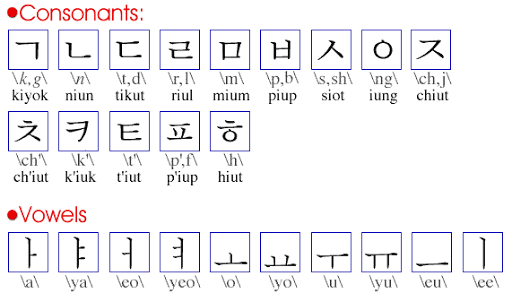DECEMBER 2, 2020 – Recently, I launched a new project: studying Korean. I’m working from a beginner’s book given to me by our younger son’s birth mother, whom we’ve gotten to know quite well.
So far, I’ve tackled, if not mastered, the letters (Hangul)—10 vowels, 14 consonants. This effort is akin to that of an older adult taking up the cello but with no prior training on a string instrument, no understanding of musical notation, and limited exposure to cello performances. The first lessons would be devoted to holding the cello, gripping the bow, and teasing out sound from a set of four open strings. After a year of study, the late but dedicated learner might be able to play for the family pet without eliciting a painful howl.
In other words, at my age, a run at Korean is about as likely to produce conversational fluency as year-long study of the cello is apt to please minimally discerning ears.
But as I ponder my tenuous grasp of Hangul, I marvel at the millions who can communicate in Korean. While in one place I wobble on skate blades, millions of Koreans of all ages fly around me on the short-track speed skating rink. Or . . . there the old learner plays open cello strings while countless people play the full range of virtuoso repertoire. (Classical Western music, by the way, being another endeavor in which many Koreans excel.)
Last night while hiking up and down the Eiger in “Little Switzerland,” I heard the faint honking of Canada geese. Though “the mountains” were awash in moonlight, I saw no hint of the geese until . . . in crescendo their silhouettes flew across Old Man Moon, who looked more surprised than usual.
I too was surprised by this remarkable scene—dozens of geese on their long migration, flying in a manner humankind can imitate but never equal. And the longer I listened to the honking, the more it sounded like an orchestra performing a dissonant but structured work by a modern composer.
This scene played against a backdrop of stars—points of nuclear fusion . . . a boring process if judged by its cosmic ubiquity. I thought about Hangul and the millions of people who’ve mastered it like they’ve mastered breathing. I thought about Bach on the cello, and all the levels of refinement that people have achieved across the ages and around the world. And speed-skating: what would ancient souls have thought of that?
On my approach to the “Austrian border,” I noticed the contrail of a jet passing below the chin of Old Man Moon. His beaming face turned the jet wake into a bright white ribbon. Where else in the cosmos exists such a thing and planet-bound consciousness to apprehend as . . . art?
I thought back to the stars behind the scene, burning eternally, or nearly so, while geese, Hangul, the cello, speed-skating, and jet contrails exist fleetingly here on—or slightly above—earth. What wonders to behold!
(Remember to subscribe to this blog and receive notifications of new posts by email.)
© 2020 by Eric Nilsson
